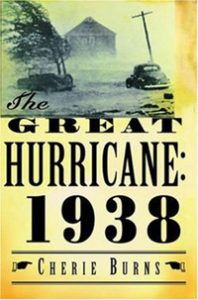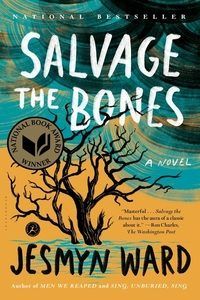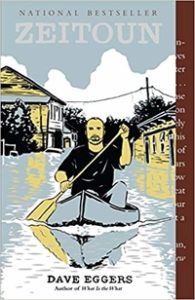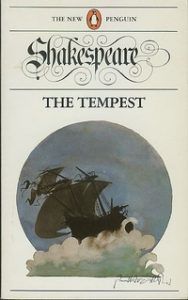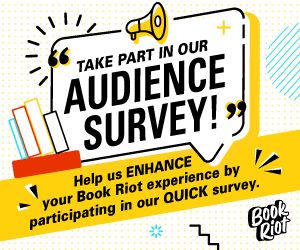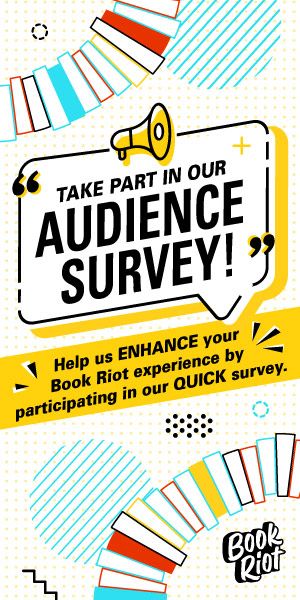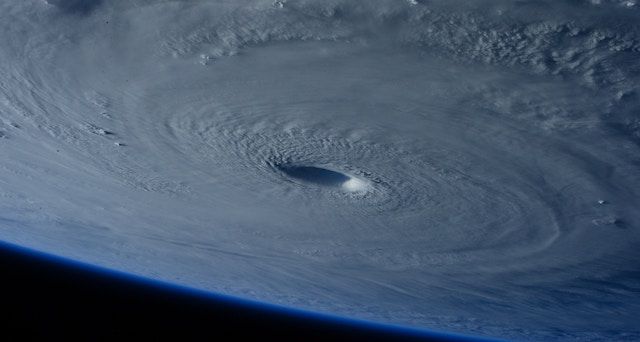
8 Gripping Books about Hurricanes
Hurricanes can be terrifying and devastating. As other writers have pointed out, we can’t control natural disasters, but some people prefer to cope with them by reading about them. Especially for those of us who live near the coast, climate change makes storms even more frequent and serious threats. These books about hurricanes detail storms—both real and fictional—that upend people’s lives and destroy their homes. People often respond to natural disasters in creative, resilient ways.
The Great Hurricane: 1938 by Cherie Burns
This nonfiction book uses firsthand accounts like diary entries to depict the 1938 hurricane’s impact on Long Island and New England. In a time before reliable meteorological predictions, many people’s plans continued with no warning about the coming storm. Winds reached 180 miles per hour, devastating the coastline. This is a fascinating piece of local history.
Salvage the Bones by Jesmyn Ward
Jesmyn Ward won the National Book Award twice: first for this novel in 2011 and then for Sing, Unburied, Sing in 2017. This novel follows a working class black family in rural Mississippi in the days leading up to Hurricane Katrina. Esch, the 14-year-old narrator, is resilient and relatable. Readers get to know about everything from her love of ancient mythology to her sexual feelings.
The Perfect Storm by Sebastian Junger
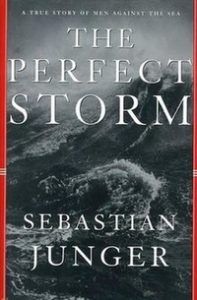
Ninth Ward by Jewell Parker Rhodes

Zeitoun by Dave Eggers
In this nonfiction book from 2009, Eggers tells the story of Abdulrahman Zeitoun, a Syrian immigrant, and his wife, Kathy. After Hurricane Katrina in 2005, Zeitoun navigates the streets of New Orleans in a canoe, assisting neighbors and local animals. He’s later suspected of terrorism and arrested. The stress takes a huge toll on his family. If you’ve followed this story in the news recently, you know that their lives have become even more tumultuous since the book was published.
Their Eyes Were Watching God by Zora Neale Hurston
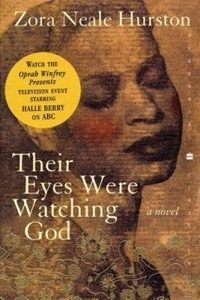
The Tempest by William Shakespeare
The storm that shipwrecks Prospero and Miranda isn’t exactly a hurricane, but it sets the scene for the action of the play on the island. This is one of Shakespeare’s most ambitious and imaginative plays, about magic, family, power, and race.
Moon Tide by Dawn Clifton Tripp
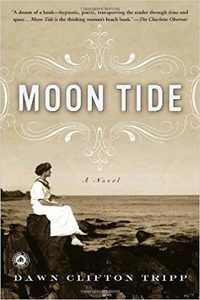
These books about hurricanes show that these storms can affect anyone of any country, race, or social class—but they can be especially devastating in impoverished areas. We’re often simultaneously fascinated and terrified by them.



